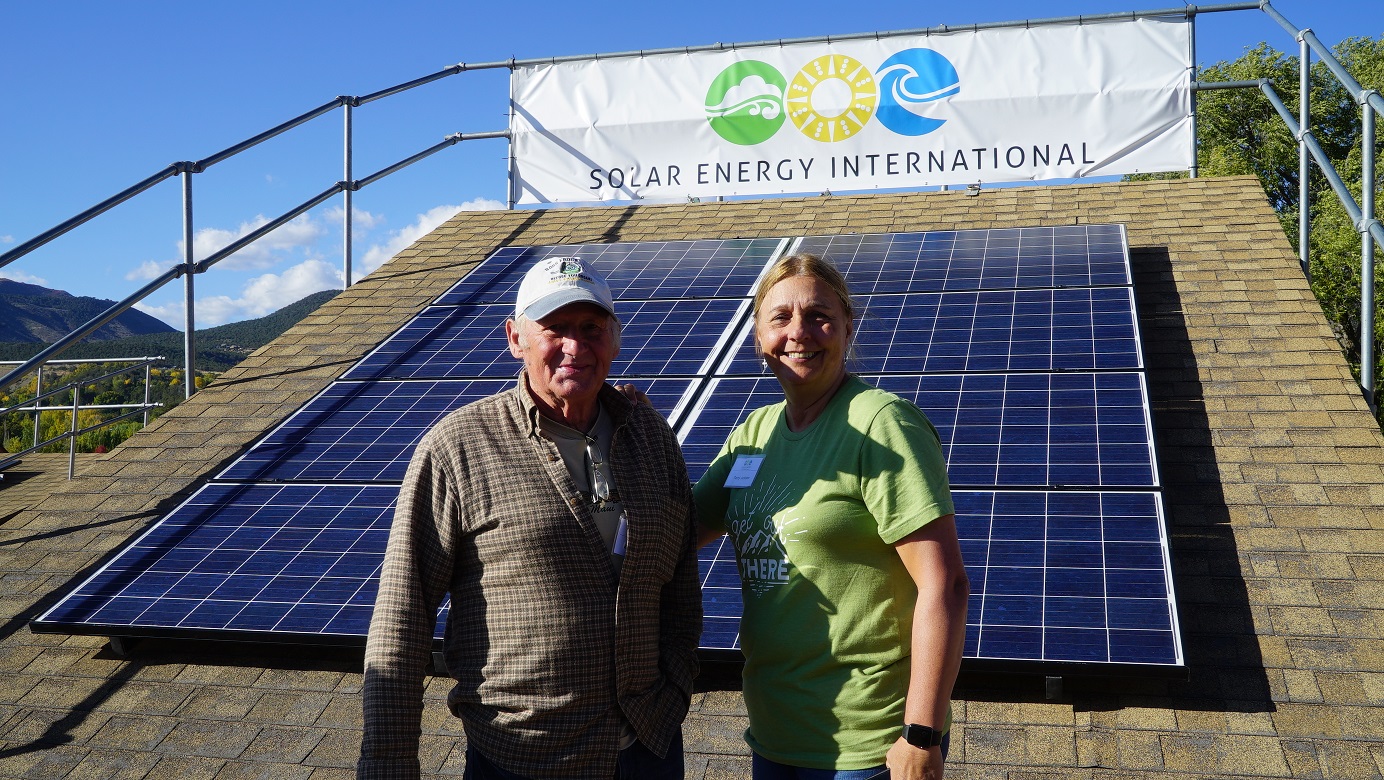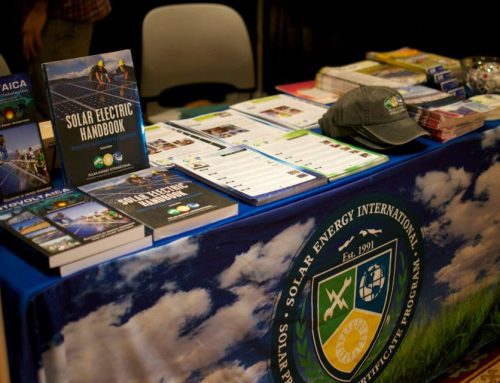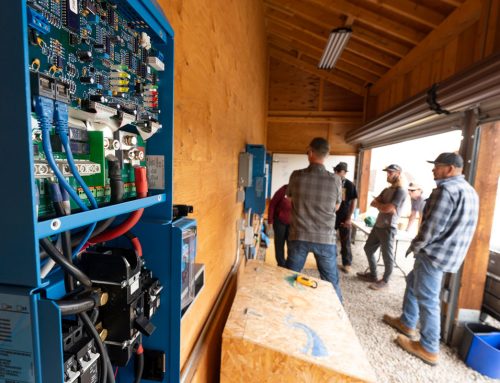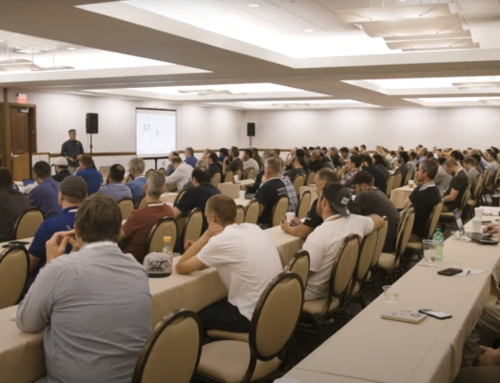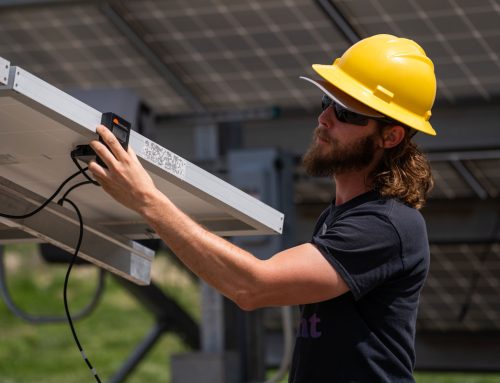Students gleefully huddled around the lab yard’s steep roof mounted solar system smiling for photos as the Solar Energy International (SEI) banner whipped in the wind in the background. Cameras flashed as photos abound and the soft crunch of wood chips enveloped the lab yard as the class scattered, certificates-in-hand, to say their final goodbyes: it’s graduation day at SEI’s campus in Paonia.
Terry Jackson, a graduate of SEI’s PV201L: Solar Electric Lab Week (Grid-Direct) stood beaming as she described her future plans to apply the knowledge she learned that week in class. “We’ve taken courses, we’ve studied, but it really, really makes a difference having hands-on solar experience before you go out and do a project like this,” she explained. The project she was referring to is a solar system slated to be installed on a school in Akot, Sudan, a project nearly 10 years in the making for Terry, which is planned for commission next year.
It started back in 2003, “our first trip out there was a mission trip,” Terry explained. She first visited the country when a friend asked Terry to join her. Working with the organization, Living Waters Community Transformation, they focused their efforts on education.
“Only 2 percent of kids there go to elementary school, and we thought one of the biggest contributions we could make was through supporting education,” Terry explained. “So we developed these schools, initially they were under thatched roofs and many students were crammed into small rooms for classes, and now we have a building so we’re making progress.”
The Living Waters Community Transformation organization built a school for 900 students in the region, however, fuel is extremely expensive and there is still no access to electricity. “There’s no power any place close, there’s absolutely no grid,” Terry explained. There is a submerged water pump in the school, but there is a need to charge phones and laptops. The goal, according to Terry, is to ensure these projects are sustainable, and the path to achieving that goal is through producing their own energy.
“The best solution for an environment like that is solar,” Terry said. “They have plenty of sun, it’s a great place for solar, and it can be a model for other communities, too.” Terry has a design in the works for the building, a battery-based system with a backup generator, however an obstacle is its remote location, all materials used must be produced and shipped locally. After the components of the system are ordered in December, Terry plans to travel to Akot in March for inventory and then the install will start in June.
Bill Jackson, who will also join the install in Sudan, was in class with Terry as well. “I’ve worked as an electrician for years, but I’ve never mounted anything and that’s why I wanted to come to SEI,” Bill said. A crucial component to the project is safety and maintenance, and Bill and Terry want to make sure that the system will run safely and sustainably after they leave.
Terry added, “Our experience with SEI has been invaluable because not only have we learned the proper way of installation and all the nuances of the different systems, but we experienced instructors who have done these installations many times and they could tell us the pros and cons of different set ups and different vendors,” she said. “That’s invaluable information, and I don’t know where else you can get it.”
In addition to battery-based courses, those who are interested in learning more about applications for renewable energy in the developing world can take RDOL101: Appropriate Technology for the Developing world to learn more about sustainable off-grid projects.

